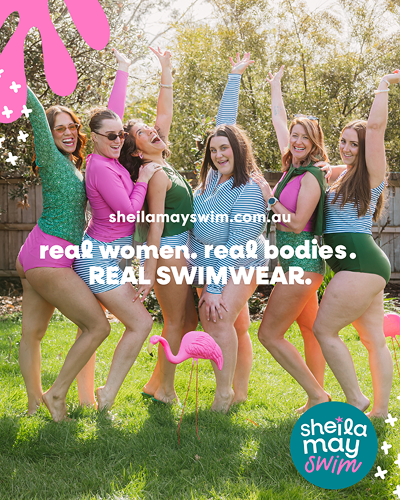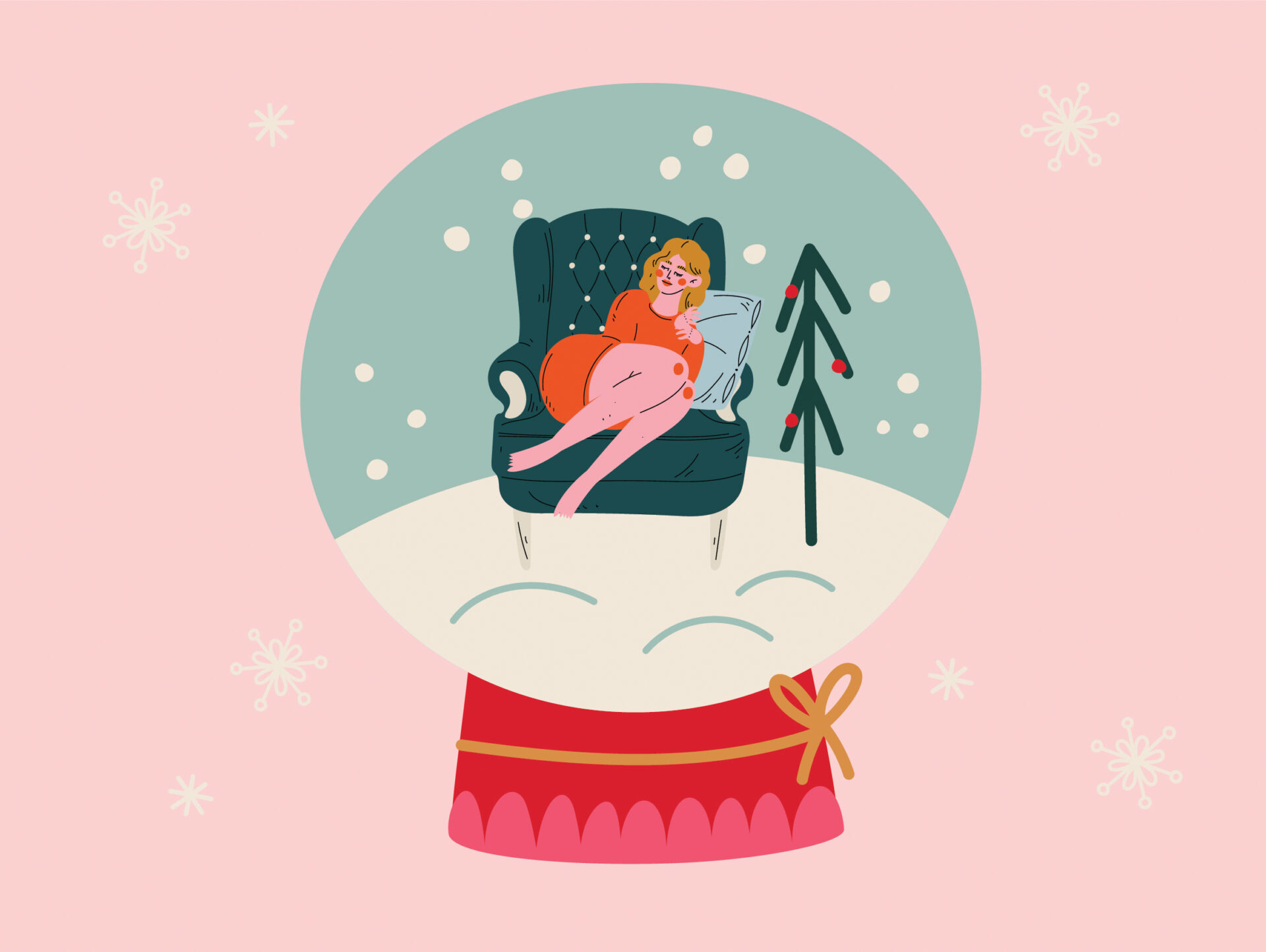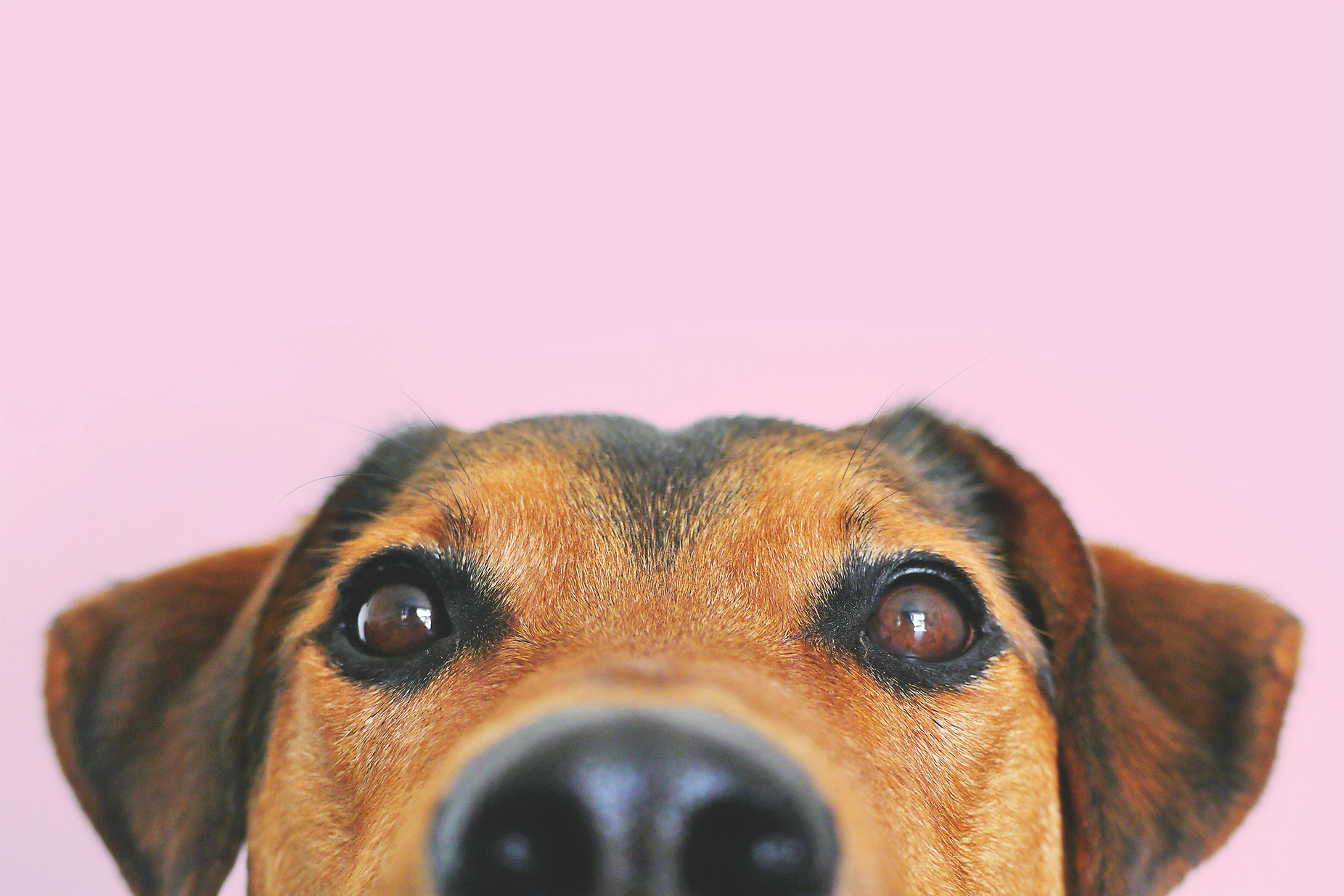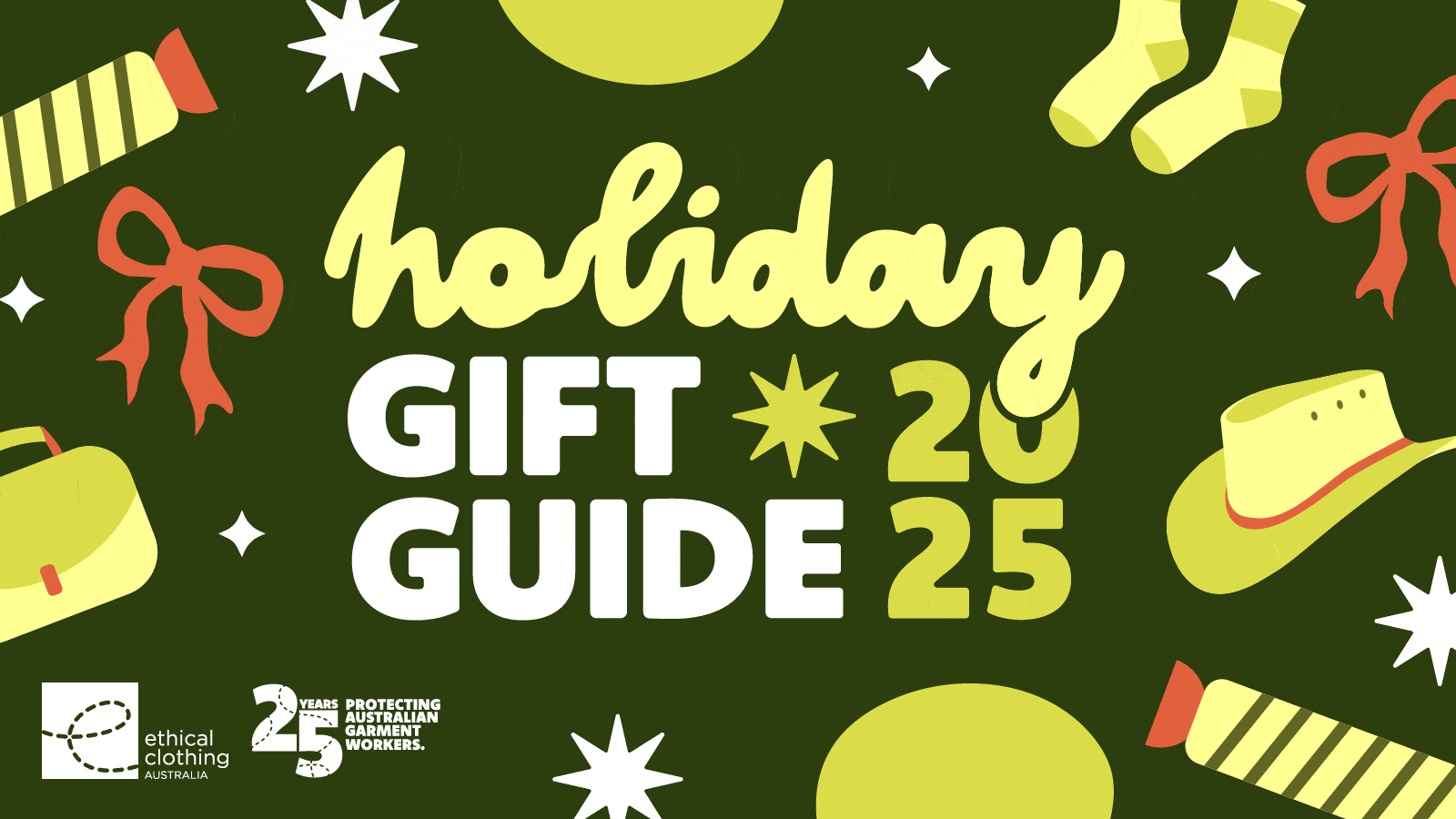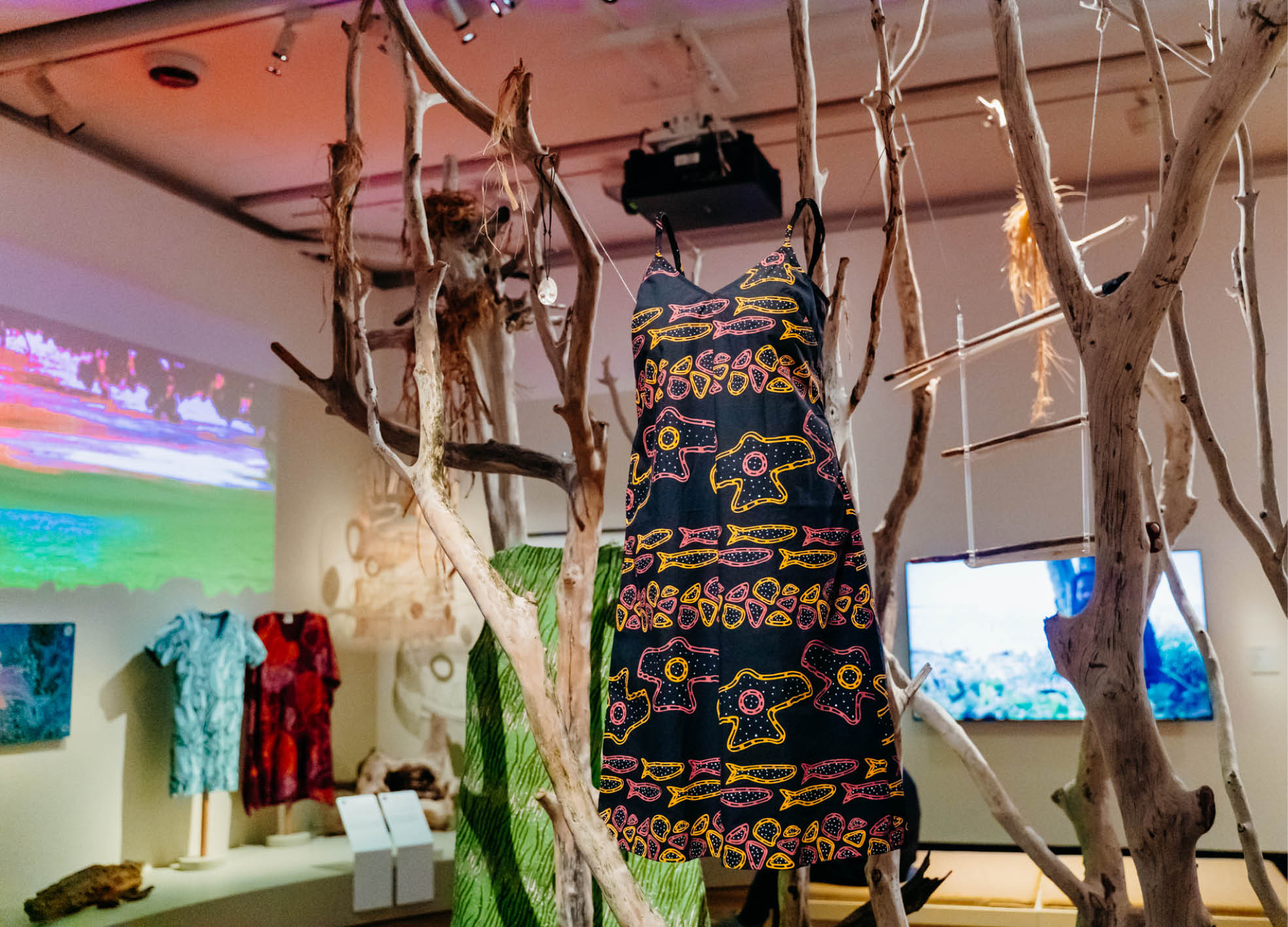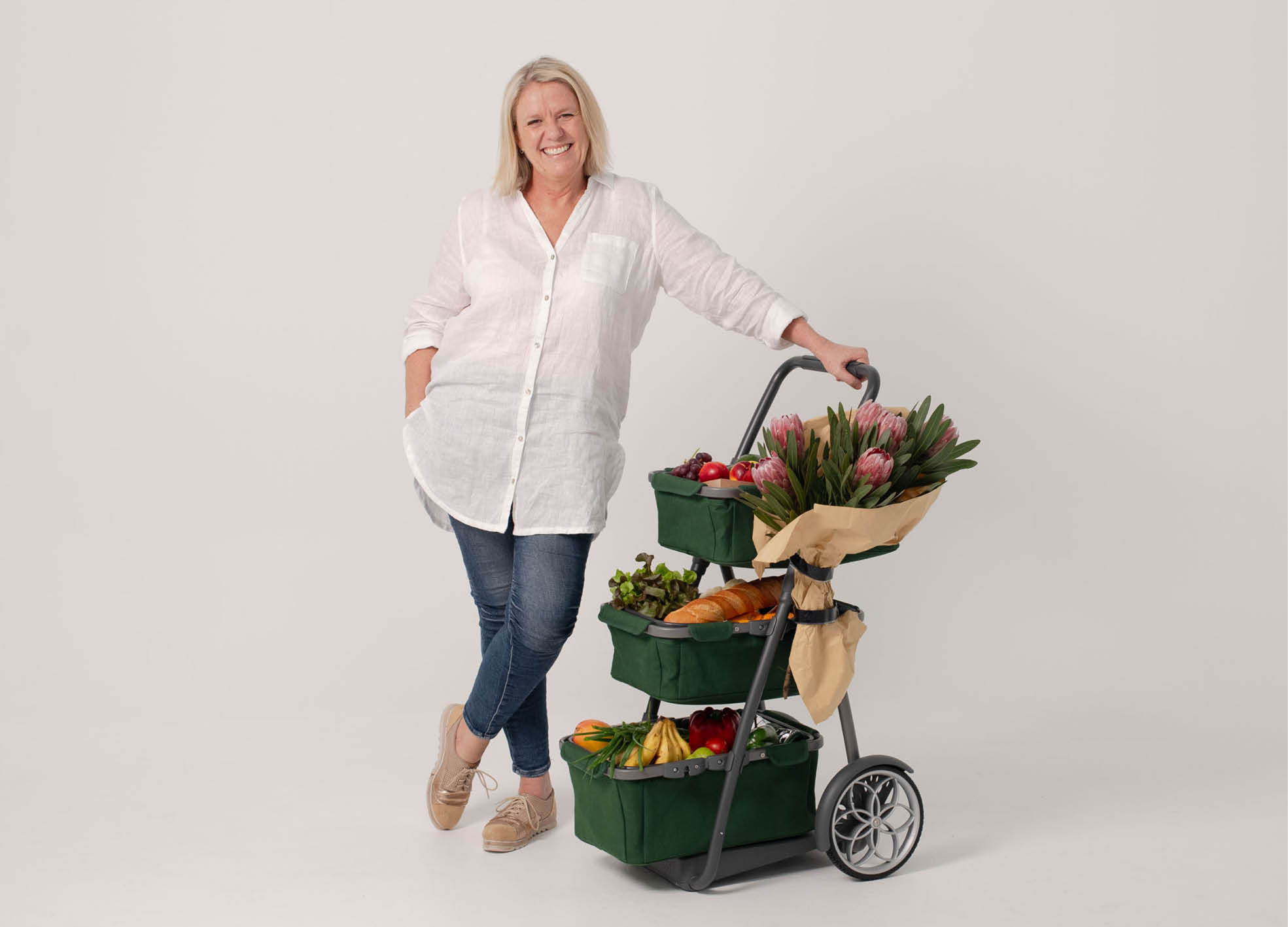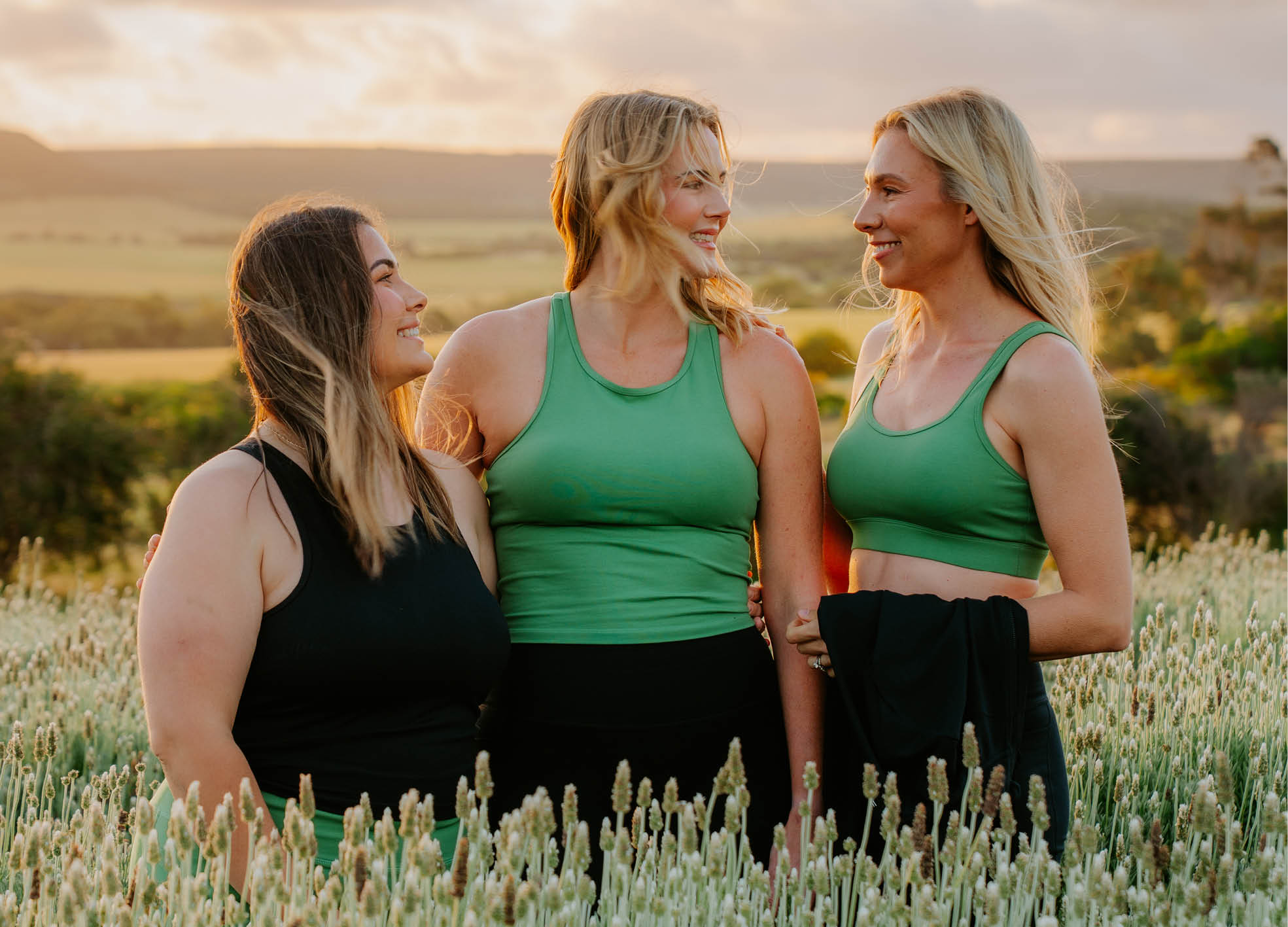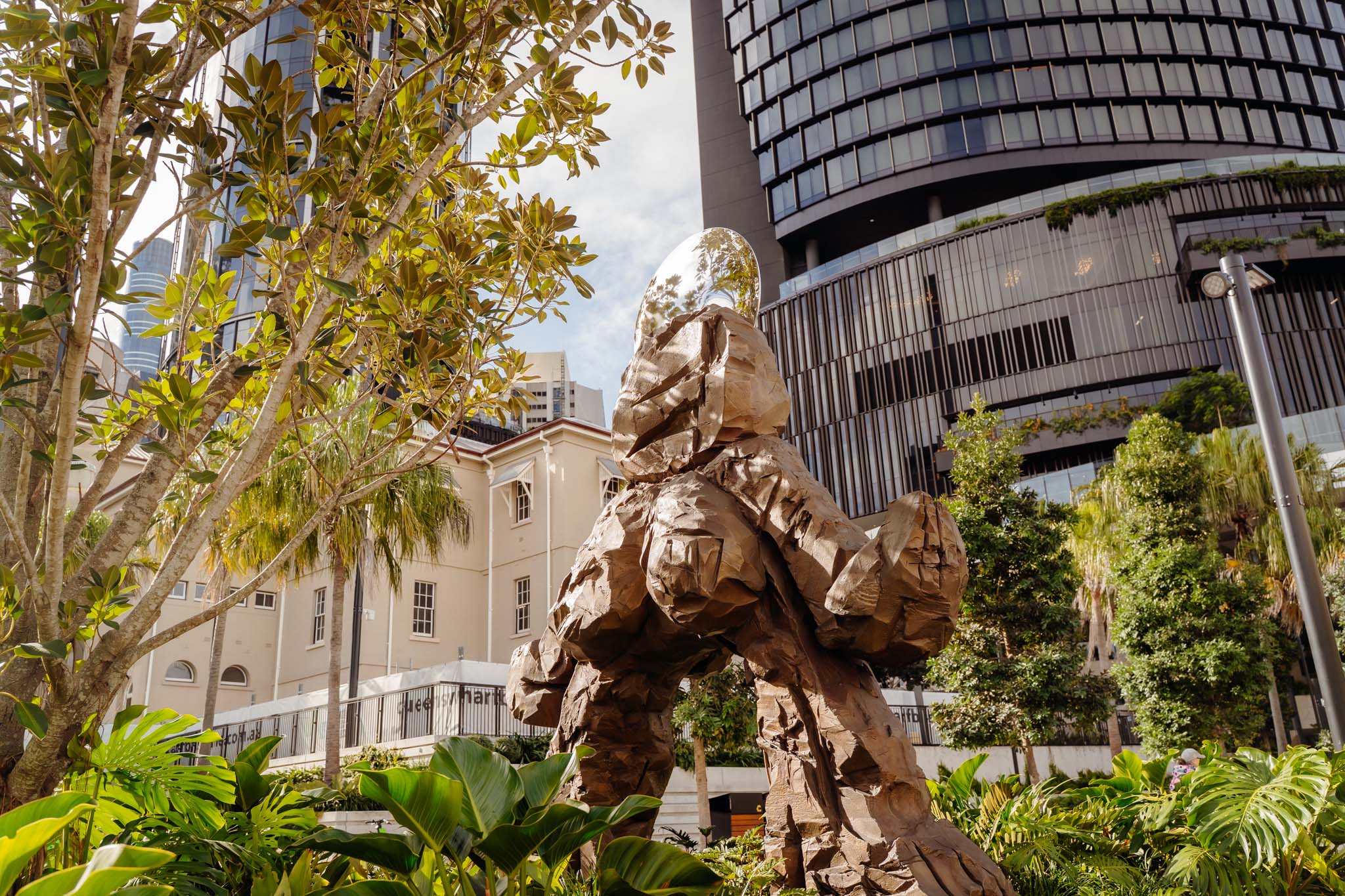How to Be a Good Ally All Year Round… Not Just During Pride Month
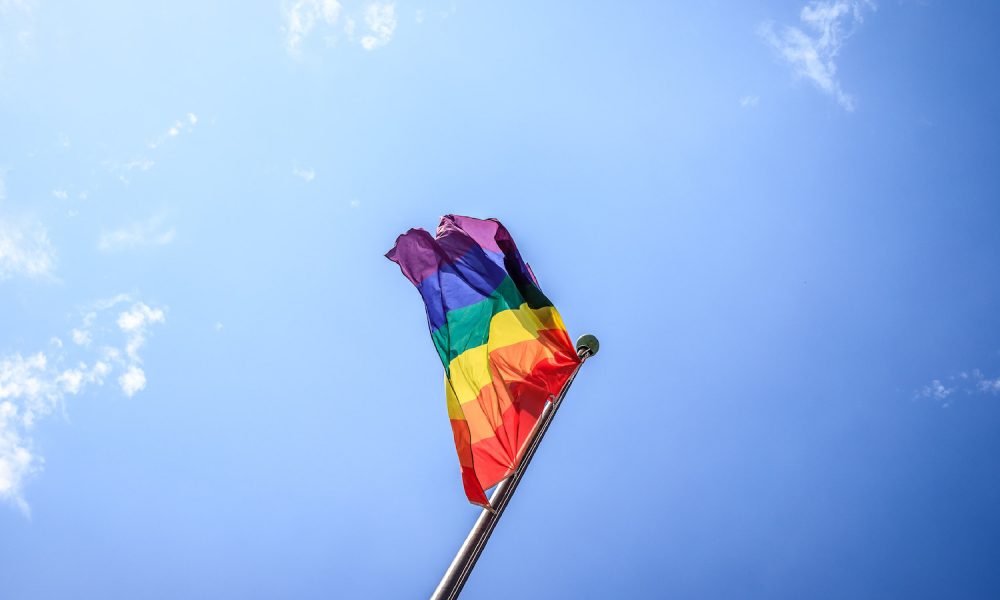
- Words by Peppermint
words WALTON WONG photos UNSPLASH
Pride Month is here, which means it’s time to pop open a bottle of champagne, buy something with a rainbow on it and head on down to your local gay bar to sing-shout ‘Born This Way’ by gay Jesus herself, Lady Gaga! Because that’s what pride is all about… right? Walton Wong dives a little bit deeper to look at rainbow washing, allyship and how to be a good ally all year round, not just during Pride Month.
What Is Pride?
At its inception, Pride Month was used to commemorate the Stonewall Riots in New York City, which transpired at the end of June 1969. With a rich history behind it, the meaning of Pride has always remained the same – an acknowledgement of the LGBTQIA+ community’s resilience in the fight for equality and to celebrate the progress that’s been made.
In recent years, the meaning of Pride Month has been watered down – lost in a daze of rainbow washing and slowly becoming a token of fake allyship. With big conglomerate corporations claiming to be “allies” while remaining tight-lipped on issues that affect the community they aim to profit from, Pride is so much more than slapping on a rainbow and using the hashtag #LoveWins – it’s an enduring symbol for addressing the history of struggle and oppression faced by LGBTQIA+ folks.
What Is Rainbow Washing?
As June arrives, so too does rainbow washing. Though it may sound like something fun, like a gay laundromat or carwash, it’s neither of those things. Rainbow washing, similar in its effect to green washing, occurs when a business (or any for-profit organisation) stamps the rainbow flag on merchandise and/or uses queer themes in advertising in a basic attempt to appear as an “ally” in order to gain customer loyalty (and more importantly… our money) while not making any real change to effect change and support the community.
Eventually July rolls around, and in one sweeping motion, the rainbow rug is pulled out from under us, the factory reset button is pushed and it’s back to business as usual. See you next June… Don’t forget your wallet!
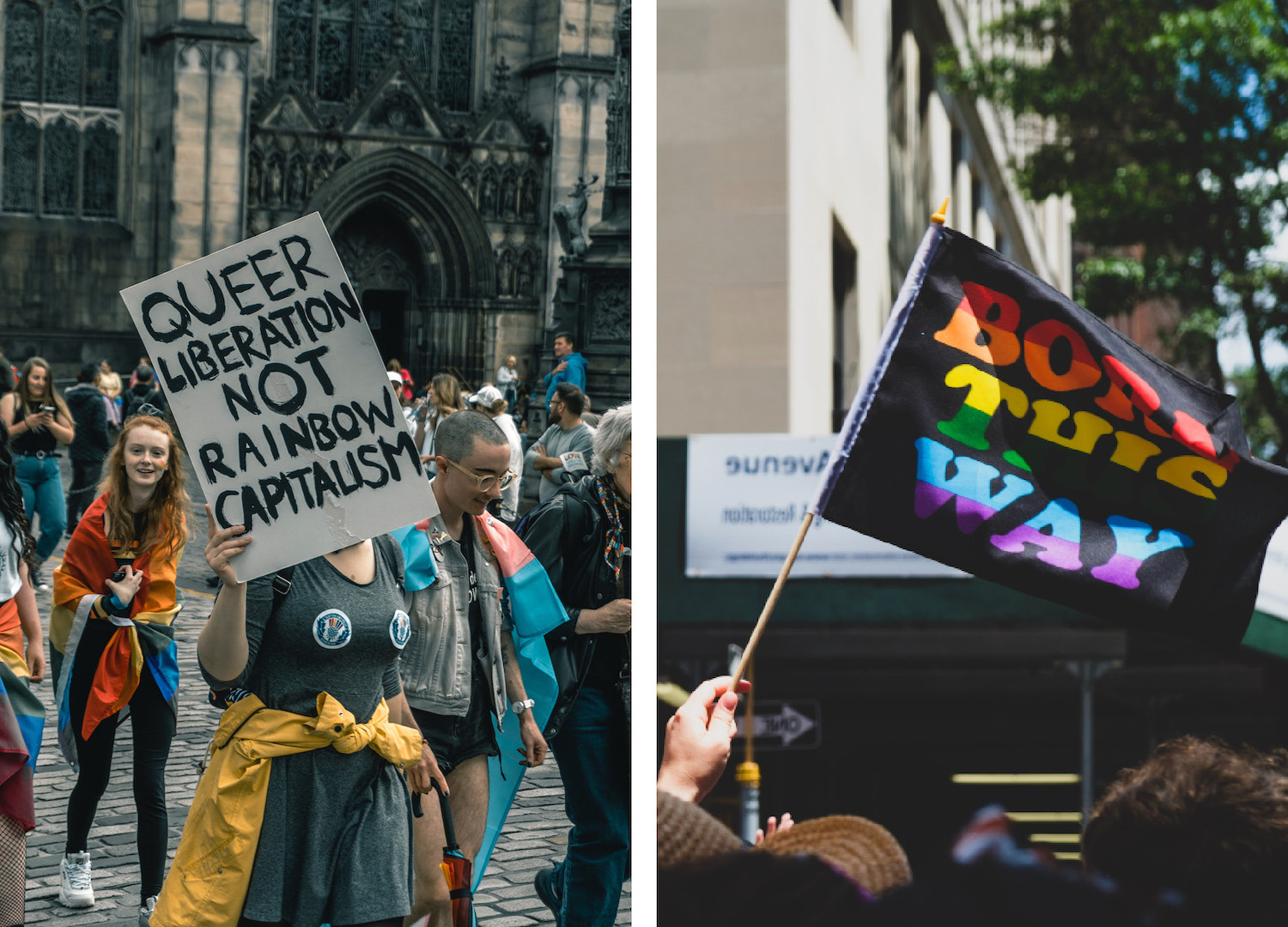
What Does Rainbow Washing Look Like?
Big corporations (like designer fashion houses, big oil, supermarkets and even ride-sharing companies) who partake in rainbow washing typically transform their social media platforms into bright spaces for the month of June, filled with rainbows and homos. They employ tactics like temporarily adding a rainbow to their logo, using hashtags like #LoveisLove, parading around LGBTQIA+ staff members as props and shoving rainbow-stamped products down our throats, commonly supplemented by a celebrity endorsement. If we’re lucky, they might even donate a sum of proceeds to queer charities… or just ambiguously infer doing so. These attempts to pander to queer folks and true allies are performative acts of disingenuous solidarity.
Rainbow washing is not allyship, it’s marketing.
With the growing economic powerhouse that is the queer dollar, commonly known as “pink money”, globally valued at around 3.7 trillion dollars, according to LGBT Capital, it’s not surprising that big corporations are willing to put on this month-long performance every year to cash in on that pretty pink moolah.
Why Is Rainbow Washing Harmful?
The practice of rainbow washing is detrimental to LGBTQIA+ folks because it’s nothing but an empty gesture. Well-meaning people support these companies with the goal of showing allyship but fail to realise they’re not creating any tangible change for the LGBTQIA+ community. The continued corporate commodification and profiteering of the rainbow has relegated the symbol to a basic badge of performative allyship; it’s become a tool for launching Pride-themed products, endorsements and making cold, hard cash.
Historically, however, visible support is something that was denied to the LGBTQIA+ community – and something that many still are fighting for to this day. It’s still meaningful to stand up, speak out and show solidarity, but we need to be critical of the intentions behind the rainbow in order to hold companies to a higher standard of allyship.
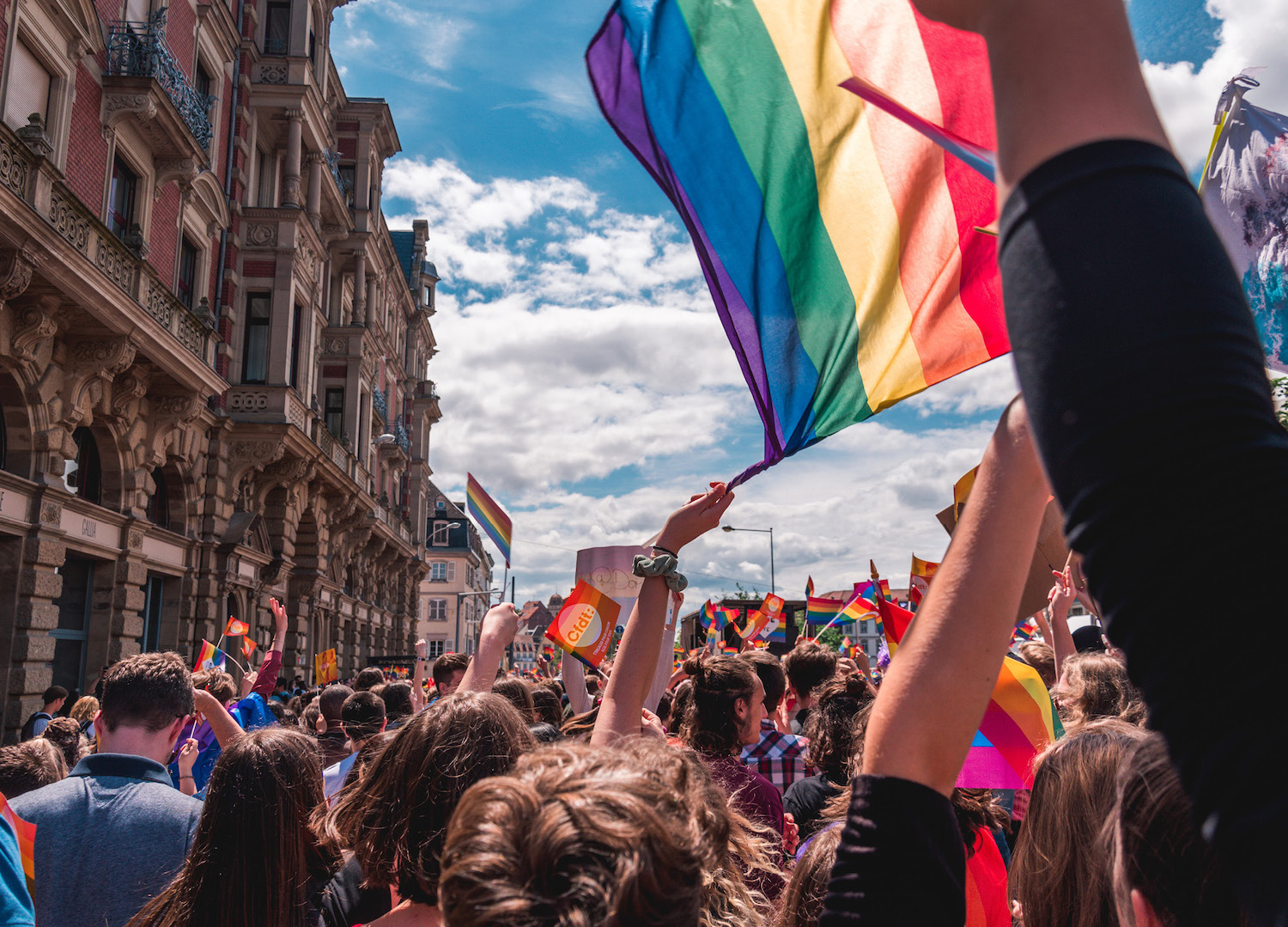
So… How Can I Be A Good Ally All Year?
Though a small (and fun) part of allyship is showing up to Pride once a year with your best Judy, rainbow flag in hand, and a mission to have one (or thirteen) cocktails, being a good ally is about showing up for LGBTQIA+ people all year round. Here’s a list to serve as a starting line on your journey to being a good ally:
Research
Learn about the history and struggles faced by queer folks. Research what has been done, what has worked and what still needs to happen to achieve equality for all. Knowledge is power!
Listen
To understand how to help LGBTQIA+ people, you need to listen to what they’re telling you. Get your hands on all the resources you can, whether it be podcasts or listening to a friend who is part of the community. And while you’re at it, share stories by queer folk while making sure you aren’t centreing yourself in the conversation. As an ally, your priority is to listen and offer support when appropriate.
Don’t Exercise Performative Allyship
Before choosing to post about issues pertaining to the community, be aware of the motivations behind your posts. Ask yourself, “Am I posting this with the intention of being a good ally, or am I posting this to win ‘woke’ points?”
Speak Up
As a person of privilege, your voice has access to circles others don’t. If you hear someone making a derogatory joke, take them aside and have a conversation. It’s important to come to terms with the fact that your comfort often comes at the expense of marginalised groups. Own up to your participation in discriminatory systems. By going with the flow, you’re directly benefiting from the structures that go against the oppressed.
Learn From Your Mistakes
As a human, you will say or do something wrong. Own up to it and don’t make the same mistake twice.
Match Your Words
Lastly, keep showing up to those marches, talking to your peers, signing petitions, volunteering your time and donating if you are able. Pride is a year-round event.
JOIN OUR MAILING LIST
Brighten up your inbox with our not-too-frequent emails featuring Peppermint-related news, events, competitions and more!
explore
More articles
When you hang a painting on a wall, the story stays put. But when you wear a beautifully made garment that may as well be a piece of art? The story travels. It moves through the world with you –…
We all do it: fire up the car for a 5-minute drive to pick up groceries, drop off sewing supplies, or run a quick errand…
Here’s a question: who decided that natural fibres aren’t a great fit in activewear? For Geraldton mum-of-four Jade Payne, that question became paramount after a…
Fancy a getaway in a heritage building that was once a hospital, an orphanage AND a school in a previous life? Despite what your initial…
When the algorithm gods reward dance trends over hand-thrown ceramics, and building a website feels more stressful than a tax return, where’s a maker to…
Time-travelling lungfish floating in a mosaic of glass tiles, a four-breasted female empowerment goddess cast in bronze, and a striking botanical sculpture spanning 15 metres,…
Hang out with us on Instagram
“Crafting is something that has come naturally since I was small and I just haven’t stopped. When I was smaller, I was interested in the end result. As I’ve gotten older, I realise it’s the process that keeps me coming back to craft. It’s a meditative state for me and I find the repetitive action of the stitching and felting quite therapeutic.”
Craving a world filled with warmth and whimsy? It’s all in a day’s work for textile artist @Cat_Rabbit, whose latest book, ‘Trinkets’, is bursting with felty food friends to make and cherish. Cat invited us into her universe, filled with cheeky characters, layered storytelling and loads of humour.
Plus: try the super sweet pattern for Cat’s Lucky Pickle, perfect to make as a stocking stuffer, extracted from Trinkets.
Read more from our ‘Just felt right’ feature in Issue 64, at newsagents and stockists now!
Photos: Tatanja Ross @On_JacksonStreet and Cat Rabbit
#PeppermintMagazine #CatRabbit #LuckyPickle #Craft #Crafting #Felting #FeltCrafts #Trinkets #ChristmasDecorations

Our hearts go out to everyone impacted by the Bondi Beach violence, especially the Jewish community. Also to the beachgoers, those who bravely helped and the first responders.
While it`s easy – and understandable – to get caught up in the horror of it all and direct anger at certain groups, remember this quote from teacher and author Erin Gruwell: "Don`t let the actions of a few determine the way you feel about an entire group."
“You don`t fight racism with racism. You fight racism with solidarity," said Bobby Seale of the Black Panthers. And solidarity is exactly what we need right now.
If you are feeling overwhelmed, you are not alone. Remember there is much more kindness in the world than hate. ❤️🩹
@LifelineAustralia has created a Bondi Beach Incident: Wellbeing support guide, where you’ll find information about common reactions, reassurance that what you’re feeling is valid, and ideas for taking care of your wellbeing.
https://lifeline.org.au/bondi-incident
You can also call Lifeline on 13 11 14, text on 0477 13 11 14 or chat at lifeline.org.au/crisis-chat anytime, no matter how this has impacted you.
@BeyondBlueOfficial is also available with free 24/7 support by phone on 1300 22 4636 or webchat at https://www.beyondblue.org.au/
Register.Find.Reunite. has been activated by @RedCrossAu to help people reconnect with family and friends. Visit redcross.org.au to access the service.
@NSWPolice Public Information and Inquiry Centre (PIIC) is operating 24/7 on 1800 227 228 for information relating to people impacted.
@LifeBloodAu is supporting Sydney hospitals. O- and O+ blood are always in high demand in emergencies. To donate (from anywhere in Australia – all states are welcome and helpful!) call 13 14 95 or use the Lifeblood app.

Just a reminder… from @SugarHouseCeramicCo
This holiday season be kind, patient and shop local!
#ShopSmall #ShopLocal #SupportSmallBusiness

✨️ Our website is getting a glow-up! ✨️
Sorry for the inconvenience but it will be offline for a few days. You can still purchase subscriptions (perfect for chrissy presents!) via the links on the holding page.
Last year we were extremely excited to receive funding from the Meta Australian News Fund, in partnership with the Walkley Foundation. The result of this is a fabulous new website, with a sustainable fashion and sewing directory that will follow early next year. We`ve worked with the lovely Amy and Jenny at @CrumpetClubHouse who have been making the magic happen – we can`t wait to show you the outcome! ✨️
In the meantime, please get in touch if you need help with anything – hello@peppermintmag.com
We`ll see you on the other side! 🌈

🎀 12 DAYS OF XMAS GIVEAWAYS 🎀
🎄On the 12th day of Christmas, we’re giving away… a GREENPAN FROST ICE CREAM & FROZEN DRINK MAKER! 🎄
Ice, ice, baby! Calling all kitchen magicians and dessert devotees: it’s time to churn, blend and devour your way to frozen heaven. It’s our final giveaway – and hoo girl, it’s a goodie! Thanks to the clever folks at @TheOriginalGreenPan.Anz, one reader will cool their mitts on the Frost Ice Cream & Frozen Drink Maker – perfect for conjuring up home-made gelato, sorbet, smoothies, slushies and more!
Valued at $599, the Frost Ice Cream & Frozen Drink Maker is designed with GreenPan’s signature Thermolon™ ceramic non-stick coating, so you can whip up summer-ready sweet treats free of PFAS, PFOA, lead and cadmium.
To snag this frosty prize, follow @TheOriginalGreenPan.Anz and tag a friend in the comments below before midday AEST 15 December! (Australian and New Zealand addresses only, please.) Good luck!
Update: The lucky winner of our final giveaway is @just__for__van - congrats! We`ll dm to get your details. Well done! 🎉
#PeppermintMagazine #12DaysOfChristmas #12DaysOfGiveaways #GreenPan

Oh hey 👋🏼 Just a little reminder that our subscriptions are sent in paper envelopes, which is a bit of a rarity in our industry. 💅🏼
If you need more reasons to subscribe, how about these:
💌 Enjoy a new issue arriving in your letterbox every six months.
💌 Subscribers exclusively receive FOUR digital sewing patterns per year!
💌 You’ll be the first to get your hands (and needles) on our patterns with early access.
💌 Get a 20% discount code on back issues of Peppermint so you can start your collection today!
💌 Automatically go in the draw to win amazing prizes each issue.
💌 Feel good about your subscription arriving in plastic-free postage.
💌 Support a small, women-led Australian business.
💌 Help us make the world a better place!
And... it`s a perfect Christmas present! We have a downloadable card you can print to go with your gift.
💌 Link in bio!
#PeppermintMagazine #SupportSmallBusiness #ShopLocal #ShopSustainable #PlasticFree



